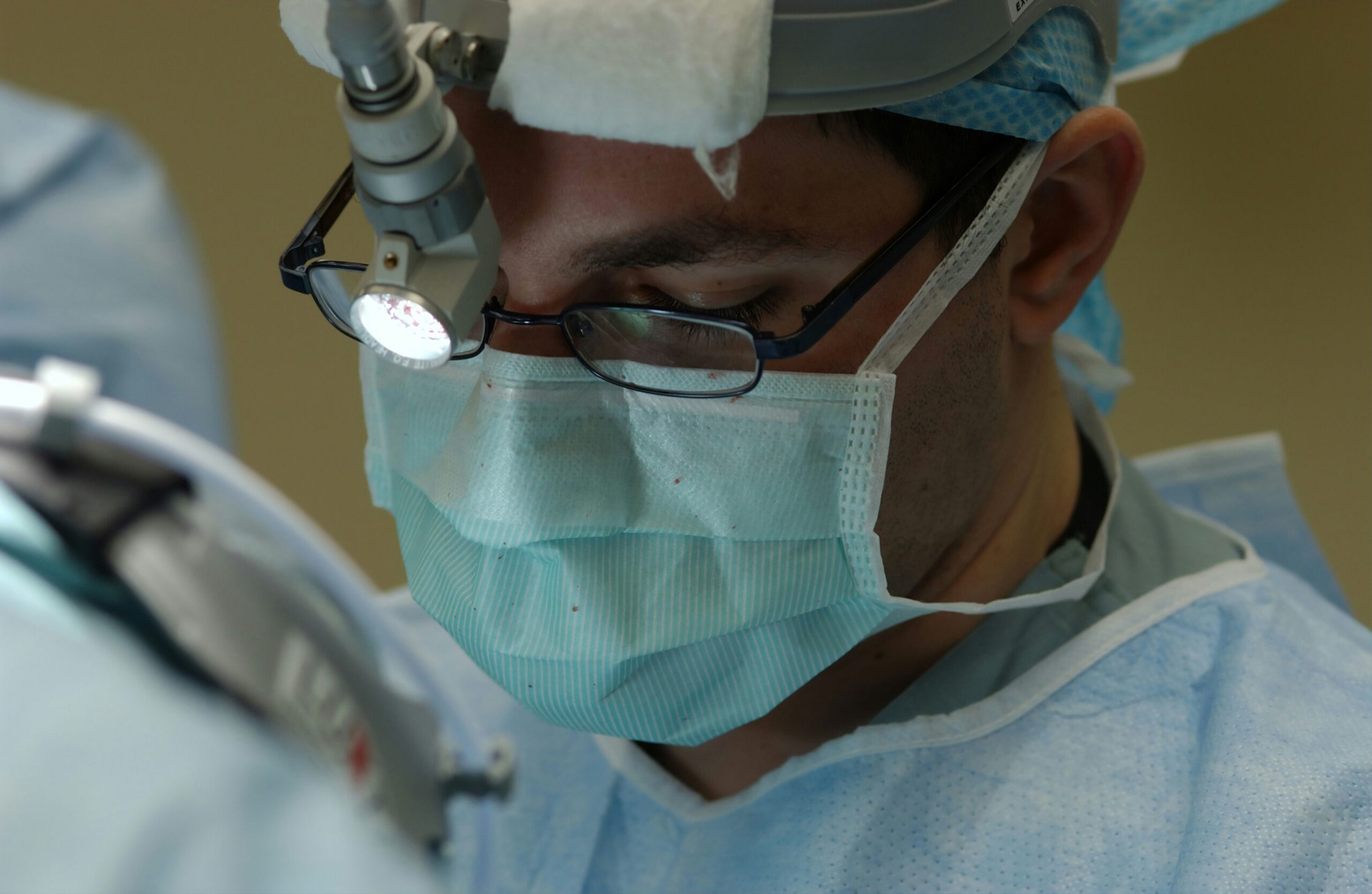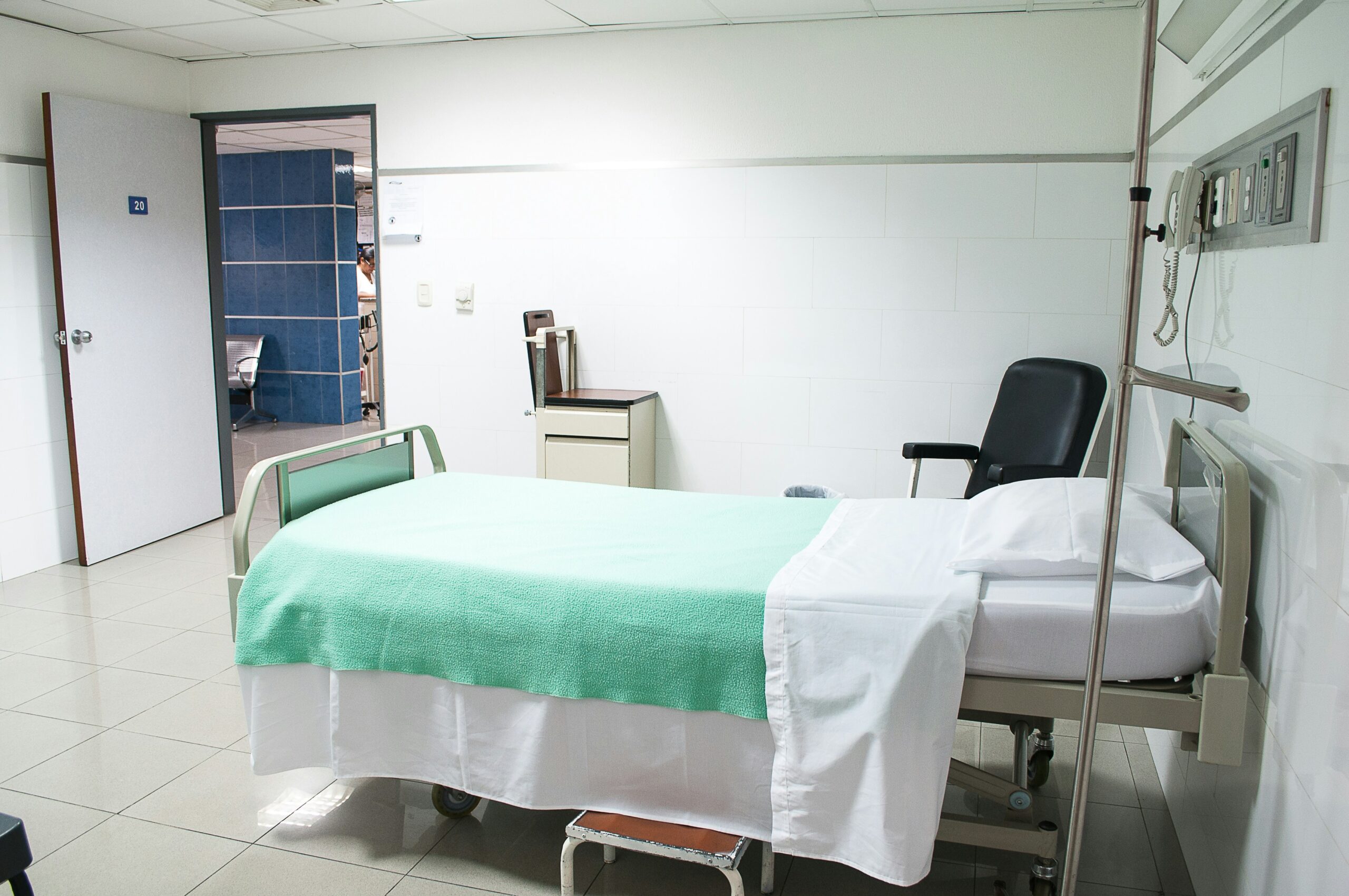Have you ever wondered what your body is trying to tell you when things don't feel quite right? Often, our bodies give us subtle hints before a problem becomes full-blown, and understanding these signals can be crucial. When it comes to men's health, one of the areas that require careful attention is the prostate since issues related to it can significantly affect your quality of life. Let's embark on understanding one such issue—prostate obstruction. More specifically, what should you be on the lookout for?
Understanding the Prostate Gland
Before we delve into the signs of obstruction, it's important to get acquainted with the prostate gland. This small walnut-sized gland sits just below your bladder and is an integral part of the male reproductive system. Its main role? To produce fluid that nourishes and protects sperm. Despite its small size, the prostate can have a large impact on your health, especially as you age.
The Role of the Prostate
The prostate is more than just a gland—it’s a key player in reproductive health. It produces prostatic fluid, which constitutes a significant portion of semen and helps transport sperm during ejaculation. The muscles of the prostate also help propel this seminal fluid into the urethra during ejaculation. When functioning properly, it quietly assists in these processes without drawing much attention to itself.
Changes with Age
As you age, your prostate may undergo changes. It's not uncommon for it to enlarge, a condition known as benign prostatic hyperplasia (BPH). While not cancerous, BPH can cause prostate obstruction, leading to frustrating symptoms that interfere with your daily life. But don't worry, understanding these signs can help you manage them effectively.
What Causes Prostate Obstruction?
Recognizing the signs is only half the battle. Knowing the underlying causes of prostate obstruction can empower you to seek timely help. Various conditions can lead to obstruction, with BPH being among the most common, especially in older men.
Benign Prostatic Hyperplasia (BPH)
BPH is a non-cancerous enlargement of the prostate gland. This growth often constricts the urethra, slowing or blocking the flow of urine. Imagine trying to flow water through a hose—any kink in the hose would obstruct the water flow, wouldn't it? Similarly, the enlarged prostate restricts urine flow, which can lead to other urinary complications.
Prostatitis
This refers to inflammation of the prostate, often caused by bacterial infection. Unlike BPH, prostatitis isn't limited to older adults and can occur at any age. It can result in swelling and pain, sometimes causing a partial or complete obstruction of urine flow.
Prostate Cancer
Though not the focus here, it's essential to mention that prostate cancer can also cause obstruction in more advanced stages. Regular screenings are crucial for early detection and management.

Recognizable Symptoms of Prostate Obstruction
On to the crux of the conversation: what signs should you be aware of? Prostate obstruction can manifest in multiple ways, some more apparent than others.
Difficulty Starting or Stopping Urination
You've probably experienced it—a moment in the restroom when things just don’t seem to flow as they should. This could be a symptom of obstruction, especially if it becomes frequent. The reason? The swollen prostate presses against the urethra, making it challenging for urine to pass.
Weak or Interrupted Urine Stream
When you finally manage to start urinating, is your stream weak or irregular? A stuttering stream can be a sign of an obstruction, much like how an uneven path can make riding a bike a bumpy experience. The steady flow is disrupted, often leaving you feeling like you haven’t emptied your bladder completely.
Frequent Urge to Urinate
A sudden need to rush to the bathroom more often, particularly at night, can be unsettling. Frequent urination results from your bladder sensing fullness due to incomplete emptying—a direct consequence of obstruction.
Painful Urination
Pain or a burning sensation during urination isn’t just uncomfortable—it could be indicative of something more serious. These discomfort signals from your body shouldn't be ignored, as they warrant a conversation with your healthcare provider.
Incomplete Bladder Emptying
Feeling like your bladder is still partially full even after urinating isn't just frustrating—it’s one of the hallmark symptoms of prostate obstruction. A healthy urinary system usually leaves you with a feeling of relief, but an obstruction can deny that satisfaction.
Other Associated Issues
Sometimes, the signs aren't limited to urination problems. You might experience lower back pain, erectile dysfunction, or other related symptoms. These signs can sometimes point to broader issues that need medical assessment.
Diagnosing Prostate Obstruction
You might be tempted to self-diagnose based on these symptoms alone, but professional evaluation is key. Several techniques and tests can help healthcare providers pinpoint the cause and extent of a prostate obstruction.
Digital Rectal Exam (DRE)
This is often one of the first steps. During a DRE, a healthcare professional inserts a lubricated, gloved finger into the rectum to feel the prostate for enlargement or irregularities. While not definitive, it can offer crucial initial insights.
Prostate-Specific Antigen (PSA) Test
This blood test measures levels of PSA, a substance produced by the prostate. Elevated PSA levels can indicate an issue, but they can be influenced by factors other than cancer, like BPH or prostatitis.
Urinalysis and Blood Tests
These tests help rule out infections or other abnormalities that might be causing your symptoms. They offer a clearer picture of your overall health and help narrow down potential causes.
Ultrasound and MRI
Imaging techniques provide detailed visuals of the prostate and surrounding structures. Ultrasound, often conducted transrectally, and MRI scans offer insight into the size, shape, and potential growths within the prostate.
Urodynamic Tests
These specialized tests assess how well your bladder and urethra are storing and releasing urine. By measuring urine flow rates and bladder pressures, they can reveal details about the extent of obstruction.

Treatment Options for Prostate Obstruction
After confirming a diagnosis, your healthcare provider can guide you through treatment options. These may range from lifestyle modifications and medications to surgical interventions, depending on the severity of the obstruction.
Lifestyle Changes
Sometimes, minor adjustments can significantly improve symptoms. These might include limiting fluid intake in the evening, avoiding caffeine and alcohol, and practicing double voiding (urinating, waiting a few minutes, then trying again).
Medications
Several medications can help relieve the symptoms of prostate obstruction. Alpha blockers relax the muscles in the prostate and bladder neck, while 5-alpha reductase inhibitors shrink the prostate. Antibiotics might be prescribed for prostatitis.
Minimally Invasive Procedures
Procedures such as transurethral microwave thermotherapy (TUMT) or transurethral needle ablation (TUNA) use heat to destroy excess prostate tissue, reducing obstruction with minimal recovery time.
Surgical Options
In more severe cases, surgery might be necessary. Transurethral resection of the prostate (TURP) and laser surgery are common procedures that remove parts of the prostate to relieve obstruction and improve urine flow.
The Importance of Regular Check-Ups
Regular medical check-ups play a pivotal role in maintaining prostate health, regardless of whether you have symptoms. Routine visits allow for early detection of any changes in the prostate, making management more straightforward.
Frequency of Prostate Screenings
Men over the age of 50, or younger if at high risk, should discuss the benefits and risks of prostate screening with their healthcare providers. Regular screening can catch potential issues early, when they're most treatable.
Building a Relationship With Your Healthcare Provider
Having an open and honest relationship with your healthcare provider can ease anxiety and make discussing symptoms more comfortable. Don't hesitate to bring up any concerns, no matter how minor they seem—your provider is there to help.

Prevention and Home Care Tips
While some factors like age and genetics are out of your control, a proactive approach to your lifestyle can make a significant difference.
Nutrition and Diet
Consuming a balanced diet rich in fruits, vegetables, and healthy fats supports overall prostate health. Foods rich in antioxidants, like berries and leafy greens, can be particularly beneficial.
Regular Exercise
Staying active isn't just good for your cardiovascular health—it benefits your prostate, too. Regular exercise can help maintain a healthy weight, reducing the risk of BPH and other urological conditions.
Hydration and Urination Habits
While staying hydrated is important, managing fluid intake can help mitigate symptoms of obstruction. Pay attention to your body's cues and adopt urinary habits that can put less strain on your bladder.
Avoid Smoking and Excessive Alcohol
Both smoking and excessive alcohol consumption are known risk factors for various health issues, including prostate problems. Reducing or eliminating these habits can improve your overall well-being.
Emotional and Mental Health Considerations
Prostate issues, while physical, often have an emotional component as well. Addressing mental health is crucial for holistic treatment and management.
Coping with Anxiety
The uncertainty and discomfort of dealing with prostate obstruction can understandably lead to anxiety. Practices like meditation, deep breathing, and yoga can help manage stress levels effectively.
Support Groups
Connecting with a community of others experiencing similar issues can be invaluable. Support groups provide a space to share experiences, advice, and encouragement.
Relationship and Intimacy Concerns
Prostate problems can affect intimate relationships. Open communication with your partner and seeking counseling if needed can help maintain a healthy emotional and physical connection.
Moving Forward with Confidence
Understanding the signs of prostate obstruction and the available treatment options empowers you to take charge of your health. Regular consultations with your healthcare provider, coupled with a proactive lifestyle, can significantly enhance your prostate health experiences. Remember, listening to your body is essential, and seeking prompt medical advice ensures you're on the right path to wellness.

